In the grilling world, there are many different options available. It doesn’t matter if you’re a professional throwing down at the best cook-offs in the country or you just like to cook a steak every so often, the world of open-flame cooking is at your fingertips.
For Chef Erik Niel, the choice is easy. He loves his Big Green Egg.
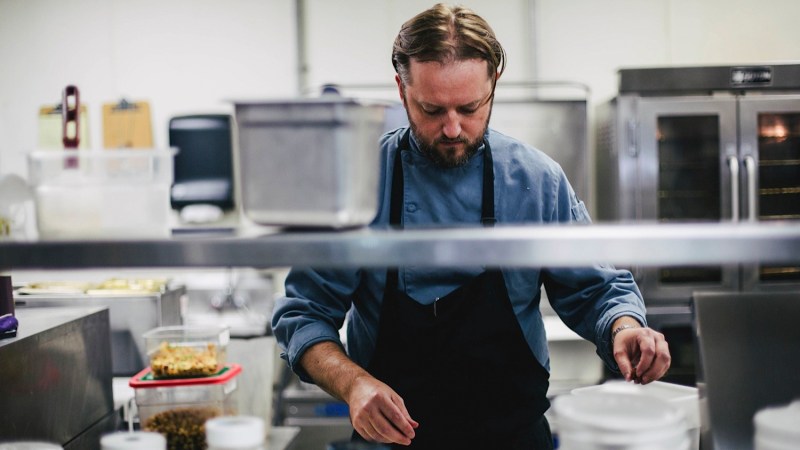
The James Beard Award-nominated chef loves it so much that he brought it to his flagship restaurant, Easy Bistro & Bar (located in Chattanooga, Tennessee), to take care of the restaurant’s smoking needs.
“We do have a commercial smoker,” he says. “It gets the job done, but it’s just not as good as the Egg.”
Niel should know. Having owned one for around a decade, he’s thrown just about everything you could imagine onto the grill, from ribeye steaks (his first foray into grilling with the Egg) to apples and lobster shells.
What exactly is a Big Green Egg? It’s an American version of a mushikamado (kamado, for short), a movable, southern Japanese, wood- or charcoal-fueled stove. Made from high-fiber ceramics that allow for temperatures upwards of 1,200 degrees Fahrenheit, this baby has a small top vent designed to keep the fire going while containing the heat.
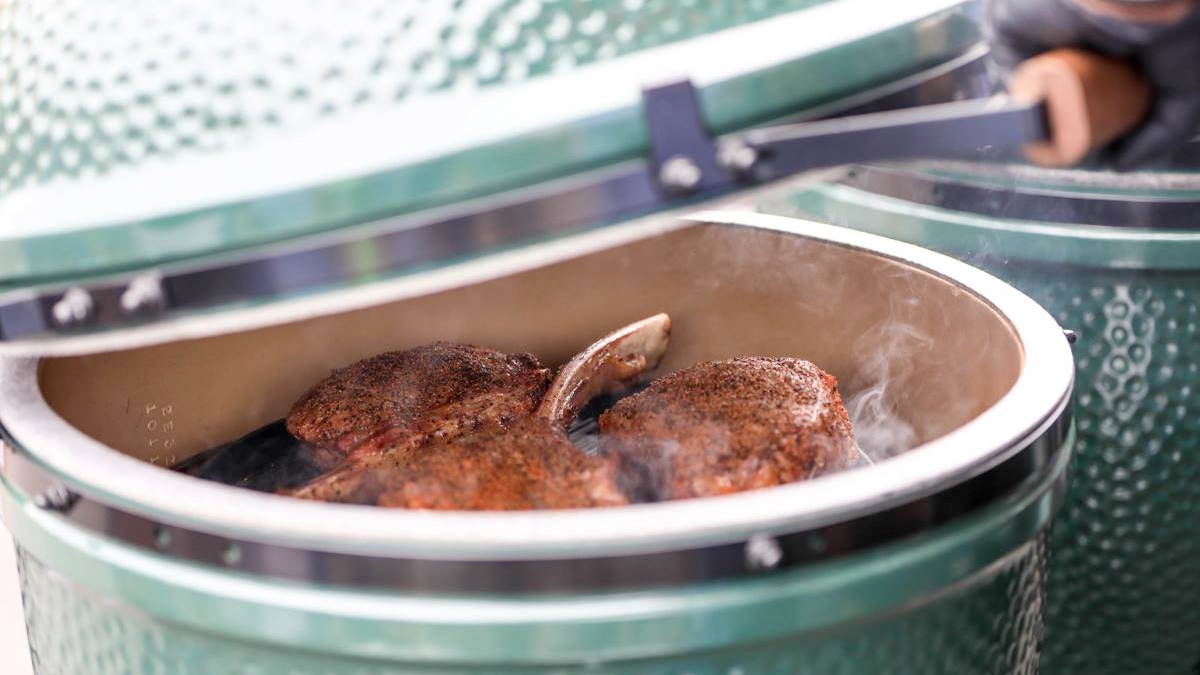
“American servicemen brought it back after World War II,” Niel says. “I’m just fascinated by it. It is a great piece of technology.”
Traditionally used for smoking and barbecue, there’s not much the Egg can’t do. It’s helped Niel experiment with and perfect his Southern-meets-Provençal cuisine that started to take root during his childhood on the bayou.
The Egg, is a great way to start learning how to use a charcoal-fueled stove.
Niel grew up in southern Louisiana hunting, fishing, and learning from his grandfather how to cook his catches. There were, he says, tons of old-guard restaurants down there that mixed Creole and French flavors. “It was great, but it was a little heavy.” So he looked at books from the south of France and Italy and started to prepare food with a lighter touch.
“I want fresh ingredient, and I manipulate them as little as possible,” he says. “I want the food to do the talking.”
The Egg, he says, plays a big role in that.
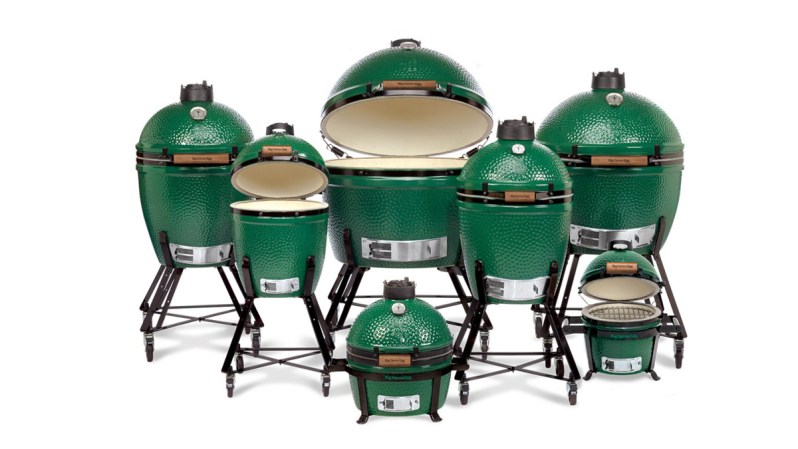
He let The Manual in on the secret to using an Egg to its full potential, and we’ve put together a start-to-finish menu showcasing how to use a Big Green Egg.
Preparation
The Egg, Niel says, is a great way to start learning how to use a charcoal-fueled stove. “Build fires to get to know the Egg. Just practice as much as possible.”
Whether you want low and slow or intensely high heat, the Egg does both, but getting the temperature right is a matter of trial and error. Niel says that you should get the heat up high and then bring it down to your desired temp because it’s easier to bring it down with time than it is to build the temperature in the grill. When you build your fire, wait for white to show up in the charcoal, then add your wood chips.
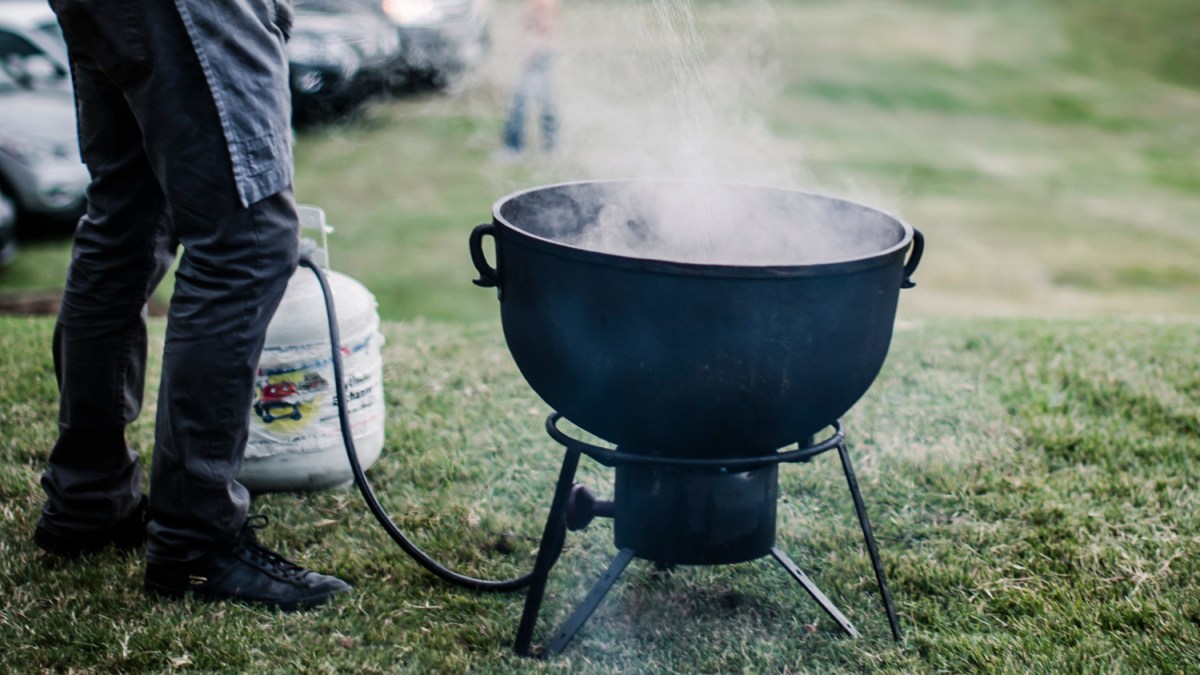
Niel says to experiment with different wood chips — hickory, oak, and cherry, to name a few — and figure out which wood chips give your food the flavor you want.
Snacks
Who doesn’t love bar nuts? You can make Niel’s rich, smoky, and satisfying bar nuts all on your own. Toss an assortment of nuts in butter and smoke for between one and two hours. It’s easy as all get-out and the result is way better than those raw almonds you were going to force yourself to eat before. Kick them up even more by adding some dry rub to the butter.
Appetizers and Side Dishes
The sky is the limit when it comes to appetizers and side dishes. Niel has smoked pretty much anything he could get his hands on in the past, including mashed potatoes. The smokiness adds an extra dimension to what can be a one-note dish.
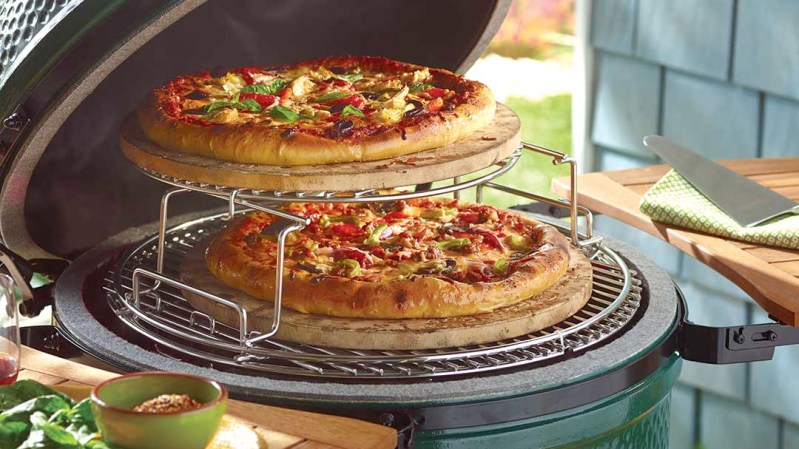
You can also make pizza and flatbread on one of these grills (you just need a pizza stone). The Manual suggests taking some pre-made puff pastry or pizza dough, slathering on garlic-infused olive oil, and topping it with prosciutto, chopped figs, chevre, and walnuts. Heat the egg to about 400 degrees Fahrenheit and let the flatbread go until the crust starts to bubble, which should take about five minutes.
Niel also suggests smoking greens over high heat (in particular, spinach and kale) to give them a nice crunch. The unexpected texture takes these veggies from boring, health-related obligation to delightful side dish.
Entrees
According to Niel, “Meat is where the Egg really shines.”
If you’re a fan of pulled pork, you can smoke pork butt on the Egg like any other grill. Niel suggests taking it to the next level, though. “Throw some apples on an hour before the pork is done. It’ll give a nice sweetness to the smoke that’s been infusing the pig for the past few hours.”
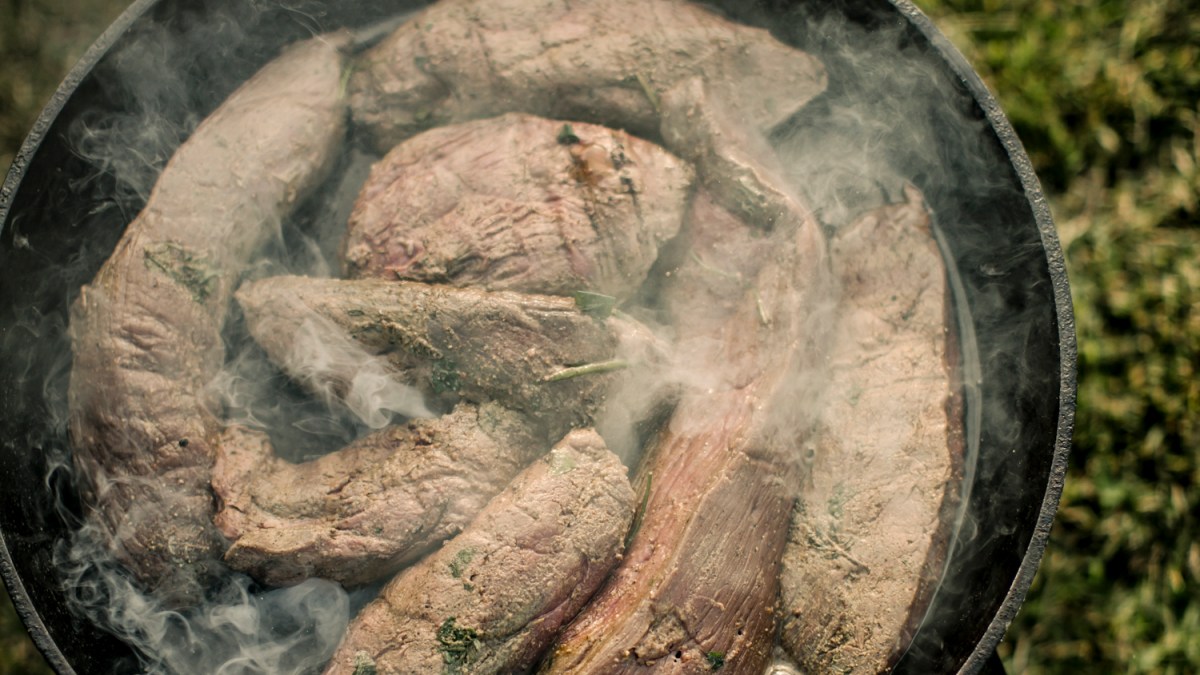
Niel’s first foray into Egging was with a ribeye. He got it “raging hot” — to about 750 degrees Fahrenheit — which allowed the steak to get crunchy and crispy on the outside while maintaining a cool temp on the inside. Sounds good to us.
Dessert
We are not kidding when we say you can make molten chocolate lava cake with this thing. Don’t believe us? Check out this recipe from Big Green Egg. That alone is worth the price of admission.
If this all sounds good to you, you can find a Big Green Egg dealer here.
Article originally published by Lisa Dunn on March 24, 2016. Last updated by Sam Slaughter on July 25, 2018.


